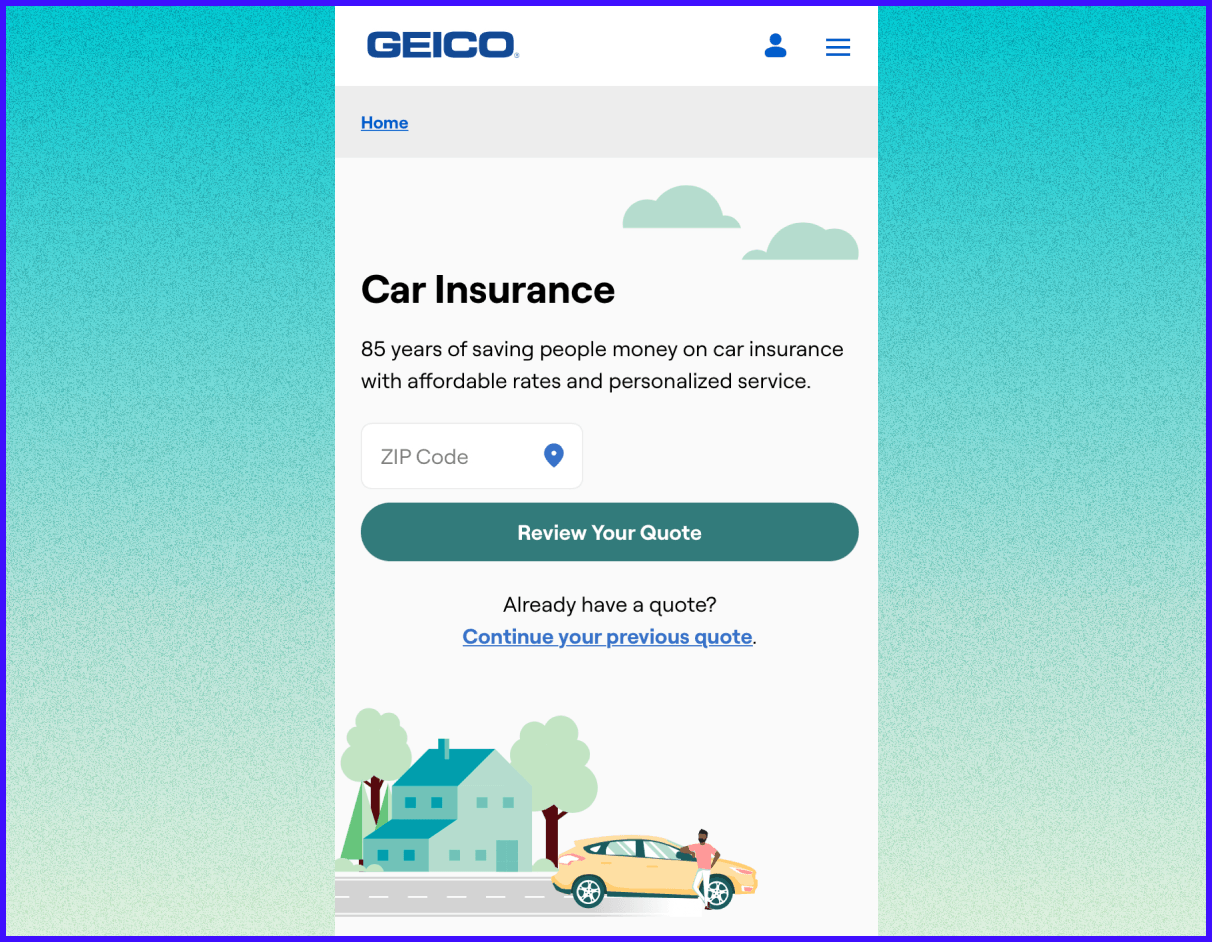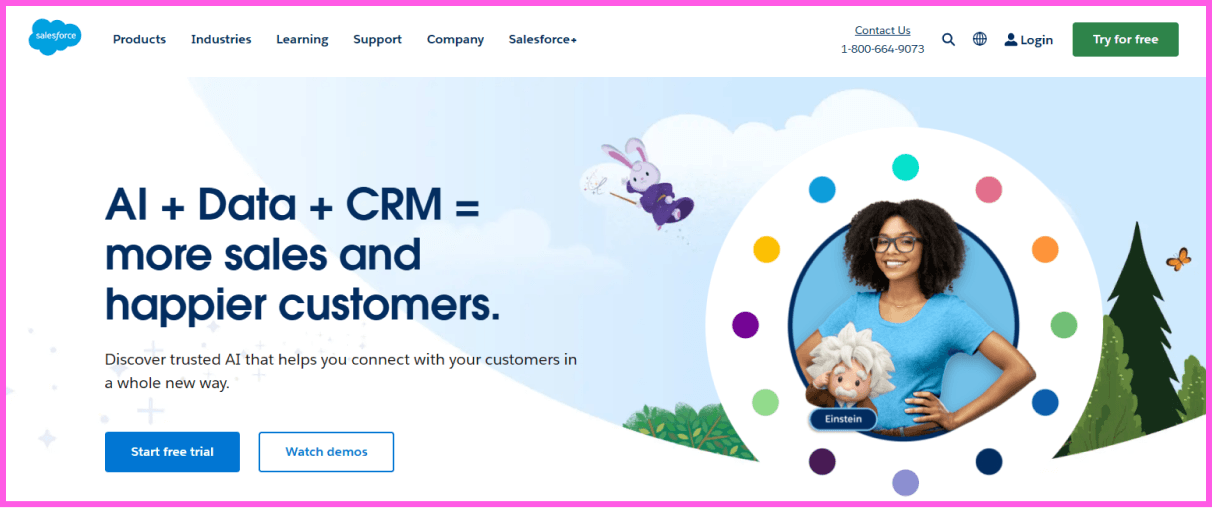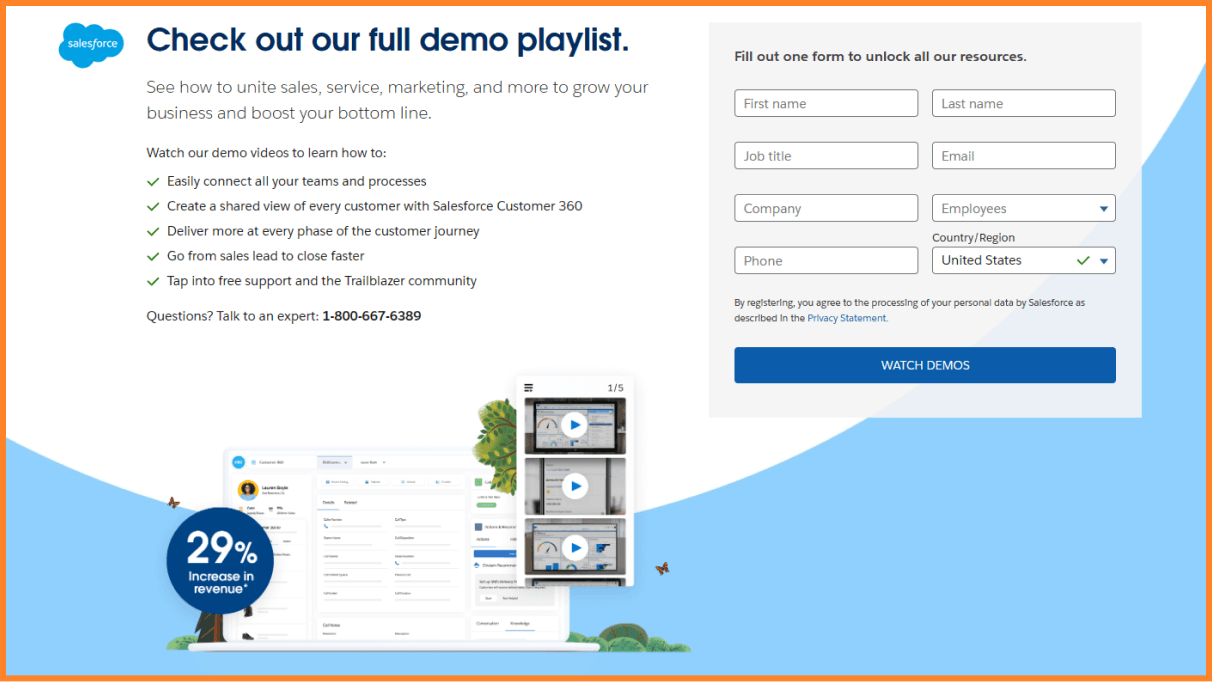An unoptimized marketing strategy is like a music festival with no festival-goers. You’ve got all the stages, vendors, and cool posters…but none of the fans.
So, how do you make sure that all of the hard work you put into your marketing is actually seen by the people that matter? Enter: conversion marketing.
Conversion marketing is responsible for drumming up interest with the right people — leads and customers who will love what you have to offer — so you never have to worry about shouting into a void. It involves lots of different strategies, all designed to help you invest in the right channels, continuously optimize your conversion rates, and double down on what’s really working.
In this guide, we offer a simple definition of conversion marketing, top strategies that will boost your conversions, and real-life examples of conversion marketing done right.
Let’s dive in ⚡
What Is Conversion Marketing?
Conversion marketing refers to the practices and strategies marketers use to increase their conversions, or the number of people who take a specific action. This includes driving highly-targeted traffic, improving on digital campaigns, and reinvesting according to results.
Conversion rate optimization is a part of conversion marketing — but it’s not the only one. While it’s true that conversion marketers use optimization experiments to improve results, they get involved in website traffic strategy too. These marketers review cross-channel results to divert more money into the channels that convert best, while also using strategies like A/B testing, video marketing, and chatbots to improve conversion rates across a variety of campaigns.
Conversion Marketing Strategies
Conversion marketing touches everything from your top-of-funnel traffic to your checkout flow. With these comprehensive conversion marketing strategies, you can drive up your conversion rates and win over more new customers.
A/B Test Your Landing Pages
A/B testing is an excellent strategy for landing pages that receive at least 10,000 hits a month. These tests allow you to collect real data on what converts better — instead of shooting in the dark.
You can use conversion rate optimization tools to set up these A/B experiments for UX or design elements like button color and button placement. You can also dig a little deeper and test different messaging strategies against one another.
No matter what you choose to test, you should always come up with a hypothesis first — for example, “Users will be more likely to take action when we focus on [pain point] rather than [another pain point].” Then, set up two variations of the page to either prove or disprove that hypothesis. Using your CRO software, review which page had the highest conversion rate and move forward with that version. Although you only want to test one hypothesis at a time, you should continuously be coming up with new hypotheses so you’re always working towards higher conversion rates.
Review Session Recordings & Support Tickets
If you don’t have enough website traffic, you can’t run A/B tests, and you won’t be able to collect enough data to get valuable results. But, you can (and should) still optimize your landing pages — which means relying on qualitative data.
To do this, use a website analytics platform that offers session recordings so you can view how real users are interacting with your website. If there’s a page you know isn’t converting well, start there. See if users are getting stuck or confused somewhere, or if part of the user flow is broken.
Also, make sure that your customer support team is sending over any tickets related to your landing pages and conversion strategies. This way, you can quickly address site issues that might be impacting your campaigns.
Add Videos
Website pages with videos have an average conversion rate of 4.8%, according to Aberdeen Group. That’s much higher than the 2.9% average for pages without videos.
In short, by adding videos to key pages on your website or any page that you drive paid traffic to, you can instantly upgrade your conversion marketing strategy. Here are some ideas for video content that will increase conversions:
- Explainers: Create short, animated explainer videos to help users understand your products and services.
- Case studies: Film remote or in-person interviews with your favorite customers and include them on your conversion-focused landing pages.
- Customer testimonial highlight reels: Turn a variety of case studies and customer interviews into a single highlight reel that attests to how great your product or solution is.
- Behind-the-scenes content: Show your team at work to highlight the quality materials and processes you use.
- Purchase or implementation process: Eliminate customer doubts by revealing what happens after the purchase. Showcase your excellent customer experience and how you help the customer get the most out of your product or service.
Convert More Visitors with Chatbots
When website visitors are on the fence, chatbots can help answer their questions, understand their needs and goals, and suggest the next best step — leading to more conversions than forms alone.
Chatbots work through pre-planned conversations called playbooks, which you can set up for any conversion-focused landing page. For instance, if you’re targeting B2B franchise owners with paid search ads, you’ll want to set up a chatbot playbook specific to them, asking them how many franchises they own or what their top pain points are. After asking some qualifying questions, the chatbot can request the person’s contact information or prompt them to book a meeting.

By engaging site visitors with chat in this way, you can keep people on your website longer and convert them faster. One of our studies found that companies who use Drift’s chatbots can grow their annual recurring revenue (ARR) in target accounts by up to 17.5% and experience up to a 670% ROI — which just goes to show that conversations truly do lead to revenue.
Want to learn more about the impact that chatbots can make on your bottom line? Check out our report on Conversational Marketing, Talking Points.
Improve Site Loading Times
These days, we’re all used to websites loading fast — and when they don’t, we jump ship. Even when website visitors do stick around, they’re just not as likely to trust your website.
All of this means that slow page loading speeds might just kill your conversions. So, to speed up your page loading times, try:
- Resizing images
- Removing any plug-ins or widgets that are causing problems
- Reducing the use of JavaScript on your website
- Avoiding redirects
- Deleting any unused or duplicated files from your website’s media library
Write Really Good Copy
Possibly more than any trick or hack, improving your messaging is the most powerful way to unlock conversions. Try these tips to make your messaging clearer and more compelling:
- Use voice-of-customer research: Listen to what your customers have to say and use those insights in your messaging. Rely on customer interviews, surveys, and social listening to find out what goals, pain points, and issues your customers care about.
- Focus on results: Show off the results that your customers will see if they buy your product or solution. B2B companies might lean on hard numbers like, “Grow revenue by 30%,” while B2C companies can get a little more creative. For example, a hair care company might write something like, “Say goodbye to chronic hair breakage once and for all.”
- Get rid of jargon: Stop using big words that keep people in an analytical mindset. People buy based on emotions — so use simple, straightforward messaging that cuts through people’s defenses and inspires them to make a change.
- Target the right audience: The tone of your copy can make or break your conversions, and that starts with knowing your audience. For example, Gen Z humor tends to be dark, nihilistic, ironic, and self-deprecating. If that’s your target audience, you might increase conversions by poking fun at your own product. To see what resonates most, research your audience and test different ideas — while still being mindful of your brand voice.
Optimize Your Forms and Checkout Flows
Take a good hard look at all of the points of conversion across your entire website. What action do users need to take in order to constitute a conversion? Typically, it’s a form submission (lead magnet, contact us, demo request, etc.) or a self-serve checkout.
Optimizing these important site elements is a simple way to drive up your conversion rate. You can do this by:
- Reviewing your website analytics to benchmark completion rates and drop-offs
- A/B testing to figure out which adjustments net more results
- Monitoring your competitors and companies you admire to stay up to date with best practices
- Reviewing heatmaps and click reports to uncover any insights or issues
If you’re using chatbots to collect contact information and convert visitors, make sure you’re optimizing those as well. Review which playbooks perform the best, consider what makes them successful, and scale those learnings across other pages on your site.
Track Channel Performance
Conversion marketing isn’t just about increasing the conversion rate on your landing pages — it’s also about investing in the campaigns and channels that are most likely to convert.
That’s why you should track your total traffic and conversion rates by traffic source so that you can determine which owned channels, partnerships, and advertising platforms are responsible for the best conversion rates. Then, you can use this information to allocate your marketing budget wisely by diverting more resources to the channels responsible for driving conversions.
Invest in Retargeting
Always double down on what works. If there’s a particular channel or audience that’s delivering great conversion rates, you can maximize those rates through retargeting. Retargeting refers to the process of showing paid ads (social media, search, display, mobile, email, etc.) to people who have already visited a specific landing page on your website.
It often takes multiple interactions with a brand before someone feels comfortable making a purchase — and retargeting allows you to keep that relationship going. You can send people back to the landing page they visited or continue to show them new content that will help them convert from a lead to a customer more quickly.
3 Conversion Marketing Examples from Out in the Wild
If you’re hunting for some inspiration for your own conversion marketing strategy, check out these examples of conversion marketing in action 👇
1. Geico’s Car Insurance Quotes
Geico’s car insurance landing page is optimized for simplicity.
With their copy, they use a common copywriting strategy: pairing a very simple, straightforward headline (“Car Insurance”) with a benefits-driven description (“affordable rates and personalized service”). In addition, the form only requires the user’s zip code to get started.

Meanwhile, the copy on the CTA button (“Review Your Quote”) invites the site visitor further along the process by hinting that they’ll actually get to see a real price very soon.
Altogether, these landing page optimizations make it so that the site visitor knows exactly what they can expect to get out of Geico’s solutions with just one glance and it makes it more easy for them to take action in that moment.
2. Lessonly’s Paid Ad Converter Chatbot
Learning management platform Lessonly (now Seismic) uses Drift to personalize chat experiences for their incoming website traffic — for instance, by taking into account where that traffic is coming from.
For example, in this playbook, the chatbot welcomes the site visitor by acknowledging that they came to their website from an ad: “You clicked on an ad — how fun! 🙌 Can I interest you in some more information?”
From there, Lessonly’s chatbot continues using an informal, conversational style to answer questions, offer resources, and collect lead information.
By offering these kinds of personalized chatbot journeys — and serving up an easier path to conversions — Lessonly was able to double their chat meetings month-over-month and increase their demo conversion rate by 400%.
To learn more about how Lessonly successfully boosted their conversion rates, check out the complete case study here.
3. Salesforce’s Opt-In for Demo Videos
When you offer a lot of different products, it can be hard to convert traffic from your home page. What should you use for your main CTAs? And how can you satisfy all of the different needs that your customers have?
Salesforce has a smart solution for this. On their home page, they have two main calls to action: “Start free trial” and “Watch demos.”

The “Watch demos” button links to a form where website visitors can enter their information to unlock all of Salesforce’s demos and free resources. This makes it easy for Salesforce’s web team to convert website visitors regardless of what product they’re interested in.

And because users can unlock all of the free resources in one place, the offer itself is more valuable, thereby increasing conversions.
Enhance Your Conversion Marketing with Drift
Undoubtedly, if businesses want highly profitable campaigns and digital channels, conversion marketing is indispensable. Because, by utilizing various tactics such as A/B testing, video marketing, and chatbots, marketing teams can easily drive higher conversion rates while spending their budget more wisely.
That’s why, if you want to improve the success of your website across all campaigns, no matter where that traffic is coming from, check out Drift. Our Conversational Marketing solution allows you to chat with website visitors at scale, gain insights into your buyers through AI, and better align with sales so you not only drive more leads but also close more deals.
Get a demo of Drift today. Or, find out how much money you’re leaving on the table with our conversion rate calculator.








